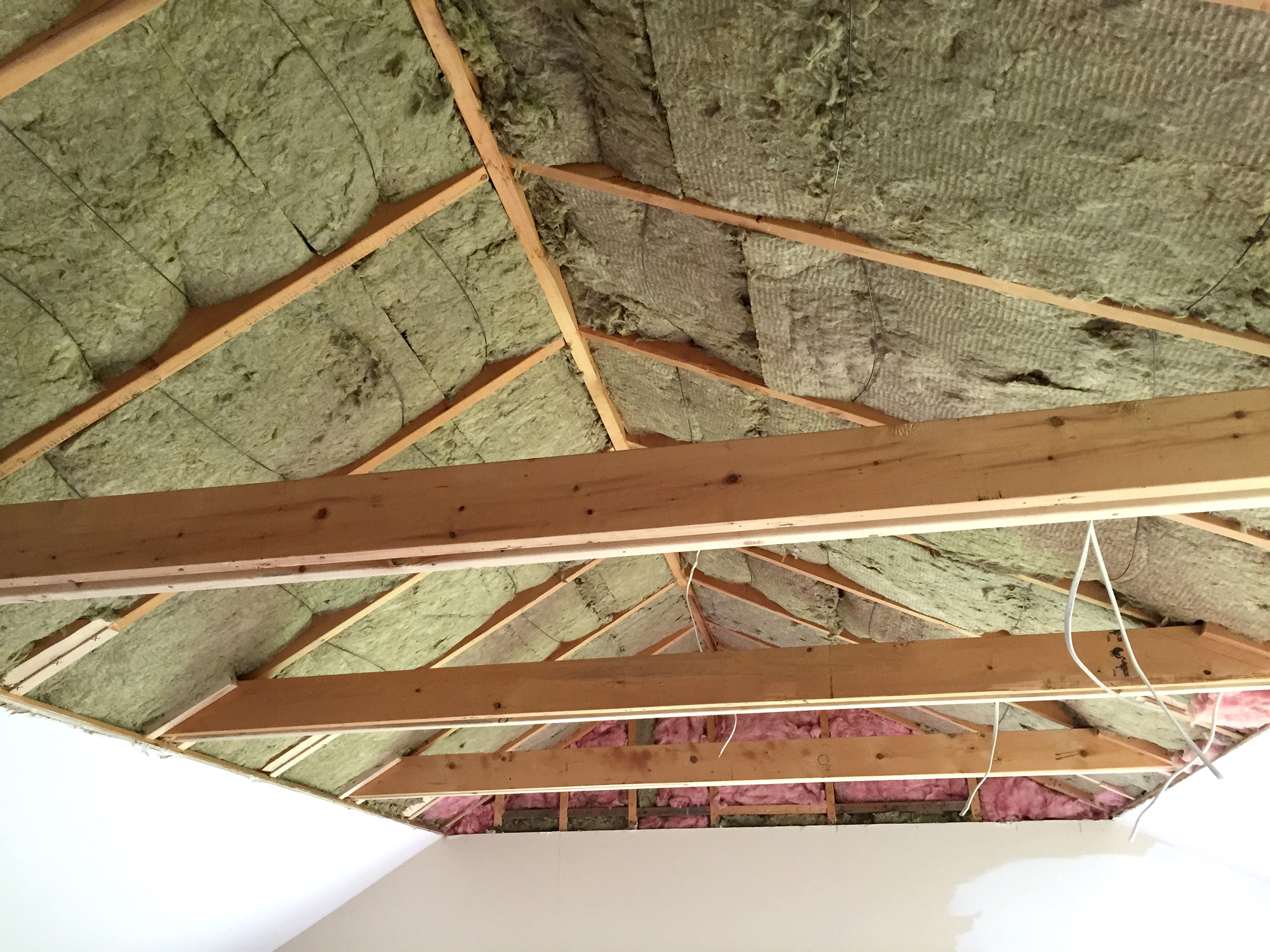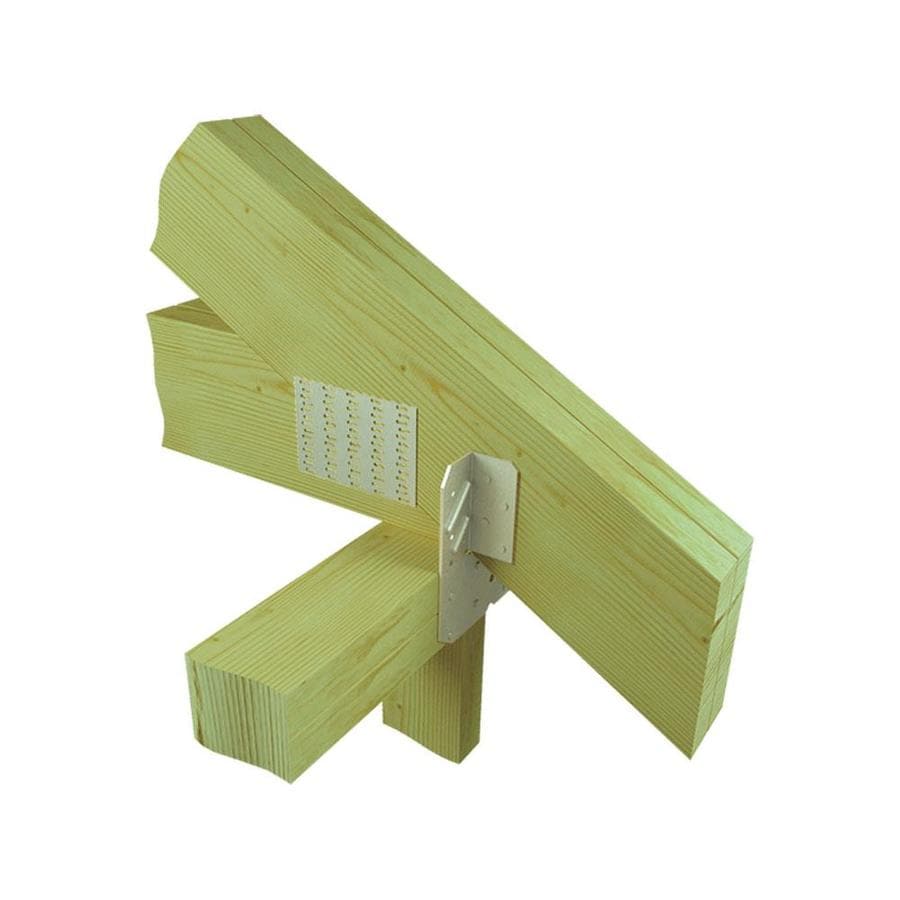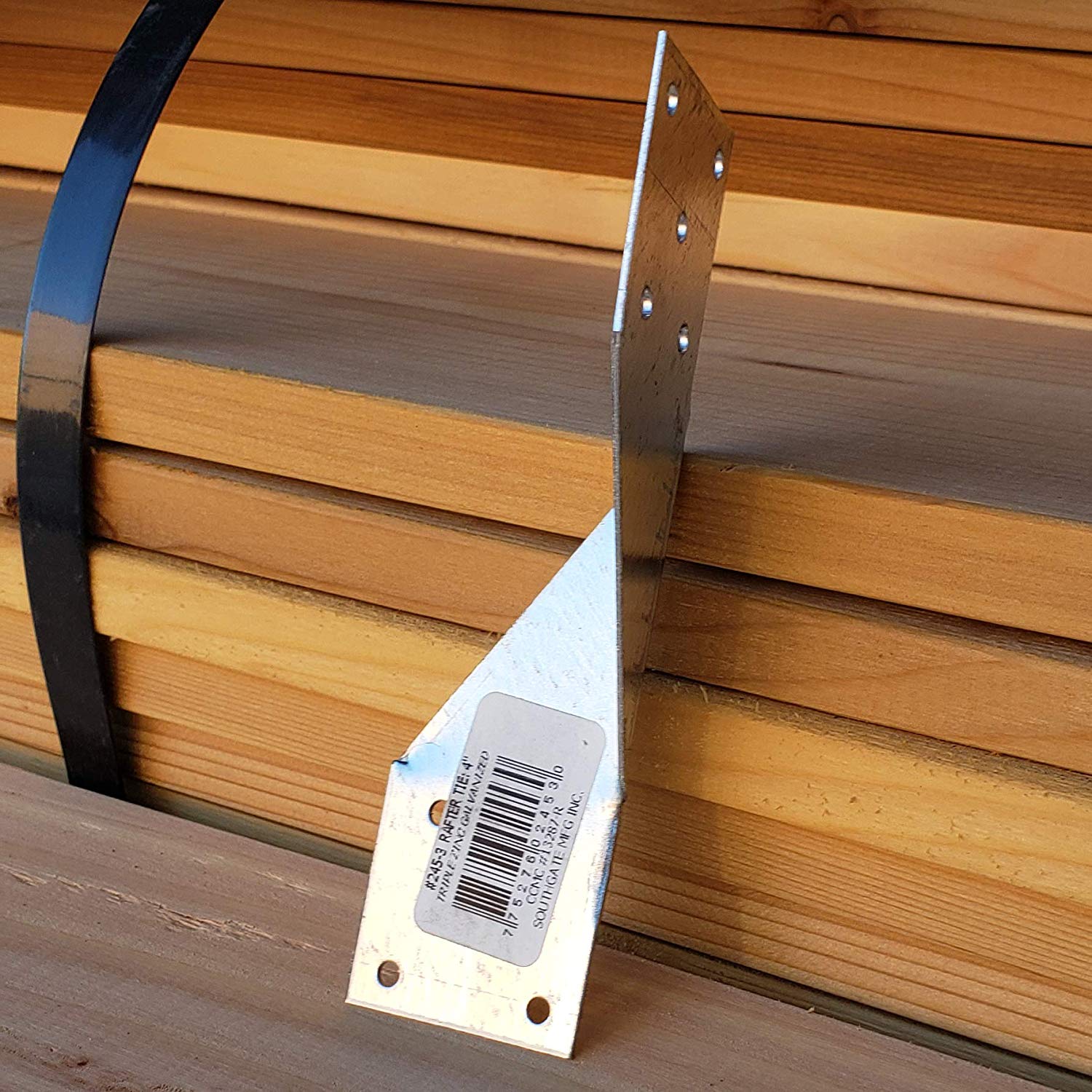

The connections shall be in accordance with Table R602.3 (1) or connections of equivalent capacities shall be provided. Where ceiling joists are not parallel to rafters, subflooring or metal straps attached to the ends of the rafters shall be installed in a manner to provide a continuous tie across the building, or rafters shall be tied to 1-inch by 4-inch (25.4 mm by 102 mm) (nominal) minimum-size cross ties. Ceiling joists shall be continuous or securely joined where they meet over interior partitions and nailed to adjacent rafters to provide a continuous tie across the building when such joists are parallel to the rafters.

Section 802.3.1 Ceiling joist and rafter connections.Ĭeiling joists and rafters shall be nailed to each other in accordance with Tables R602.3(1) and R802.5.1(9), and the assembly shall be nailed to the top wall plate in accordance with Table R602.3(1). The requirement for rafter ties comes from basic mechanics, very basic engineering and from Section R802.3.1 of the IRC. If the strongbacks are connected to the ends of the rafters or to the tops of the exterior walls and, in some manner, make a continuous tie all the wall between the opposite sides of the house, the strongbacks can be rafter ties. Strongbacks are used to support, align and break the span of joists. The “L” shape resists easy bending in all directions. The strongbacks are “L” shaped wooden members made of boards nailed together. The rafter ties, in some areas of the house, could be the strong backs. When installed in the end of a board, along the grain of the board, the nail is some 75% weaker as a fastener than when installed across the grain.

The nail must be installed across the grain of a board and not into the end of a board. When the joists are perpendicular to the rafters, rafter ties must be used to keep the rafters from sagging and the frame from spreading.Īs stated earlier, nails cannot be used for joining structural members when the nail is subject to withdrawal. The joists prevent the rafter “thrust” from causing the walls to rotate.

When joists parallel the rafters this is accomplished by simply aligning the joists and nailing the joists together. One of the important parts of a frame is to have continuity from outside wall to outside wall. In house framing, the horizontal member is the “joist”. A triangle is the only self-supporting geometric shape. The basis of all structural frames is a triangle. Both nailing from the back and toenailing are forms of nailing in withdrawal.Īs shown in the references from the IRC (International Residential Code) below, rafter ties are continuous members that create continuity to the frame. Lookout or outlook rafters used to hang drywall are nailed from the back or are toenailed into the joist. Nails cannot be used as structural joiners when subjected to withdrawal forces. “Lookout” or “outlook” joist sections, commonly used to support drywall ceiling covering materials, are not rafter ties and these joist sections are nailed in withdrawal, or parallel, to the rafter trust as shown further on in this article. Rafter ties are used to prevent the exterior walls parallel to the joists from rotating out of plumb from the loads imposed roof rafters when the joists are not installed parallel to the rafters. Rafter ties are as required by the model building codes and by basing statics and engineering. Collar ties are high wind load members that keep the framing from separating during periods of extremely high wind loads. Rafter ties create the bottom of a triangle. Without questions, the most common framing problem I see in almost every house I inspect is the lack of rafter ties. Importance of Rafter Ties in Home Construction


 0 kommentar(er)
0 kommentar(er)
